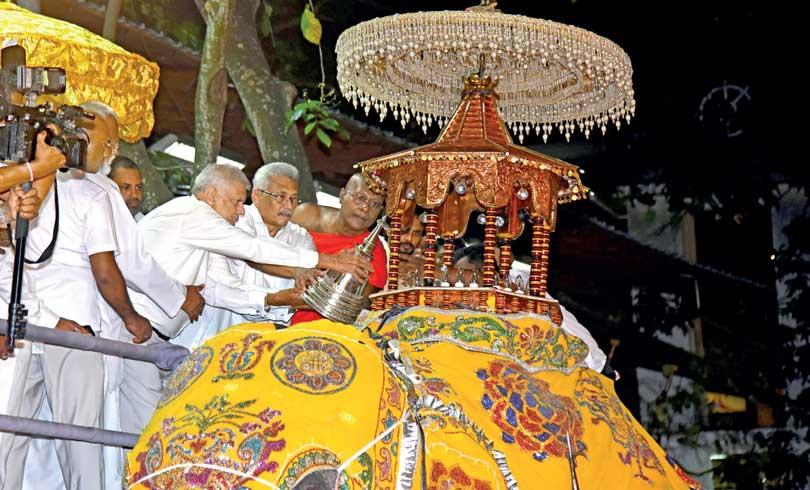by TISARANEE GUNASEKARA

“Our challenge is to devise some arrangement which enables us to coexist if not in amity then at least in forbearance.” Jawaharlal Nehru (quoted in Andre Malraux’s Anti-Memoir).
During Black July, marauding mobs, when uncertain about the ethnic identity of a potential victim, would order him/her to recite the five precepts in Pali or the chant Itipiso Bhagawa. (The irony is grotesque in the extreme; the first precept is a pledge not to kill any living being; Itipiso mentions the nine qualities of the Buddha, starting with araham, a composite which includes eradication of hatred). The assumption was that no Tamil was a Buddhist or would even know the basics of Buddhism.
The Buddhist renaissance of the 19th century departed from the Buddha’s teachings in two significant ways. It accepted and accommodated the caste divide which was imposed on the Sangha by Kandyan kings. It also ghettoised itself within the Sinhala race, developing a perspective towards minorities that was suspicious, fearful and inimical.
Had the Buddhist renaissance stayed loyal to the Buddha’s own teachings, we might be spending the 75th year of independence in a different Sri Lanka.
The Buddhist reformers of the 19th and early 20th centuries could have addressed the caste issue within the Sasana and within Sinhala society. Both the need and the opportunity were present. Doing so would also have been in accordance with the Buddha’s teaching and practice. But the subject stayed off limit, a compromise to which all three nikayas seemed to have given their tacit consent.
So caste division within the Sangha was and remains the elephant in the room. Everyone knows it is there, yet no one talks about it. Many probably assume it has been there for millennia instead of a couple of centuries. It is not so much a taboo subject as an impolite one. Washing one’s dirty linen in public might be apposite idiom.
The new Buddhism, which came into being in the 19th century evolved a system similar to the separate but equal formula used by white racists in the American South to justify Jim Crow laws. Had the plan by Kandyan kings and upper caste monks to limit higher ordination to members of the Govigama caste worked, there could have been an internal revolt against this egregious departure from one of the most basic tenets of the Buddha’s teachings. But once non-Govigama castes were able to form their own nikayas, a complex system of vested interests (spanning both monks and lay dayaks) seemed to have come into being and solidified. So while caste divisions are alive and well within the Sangha, even those who want to reform the order make no mention of this issue, at least in public.
Groundviews for more
